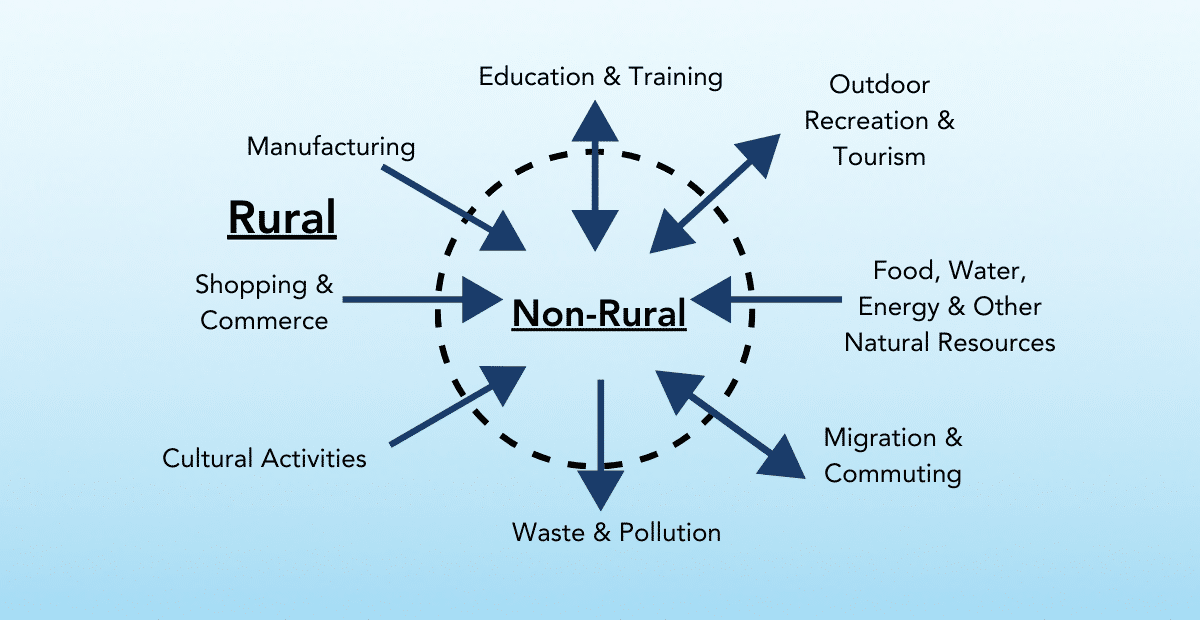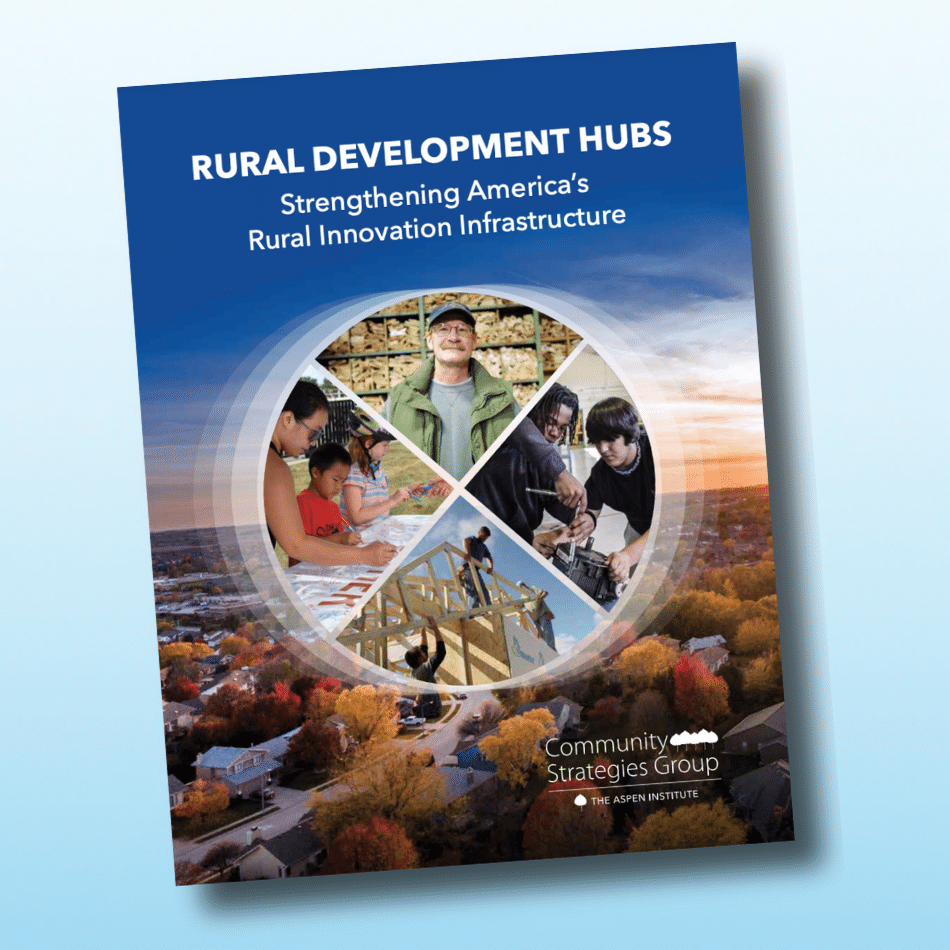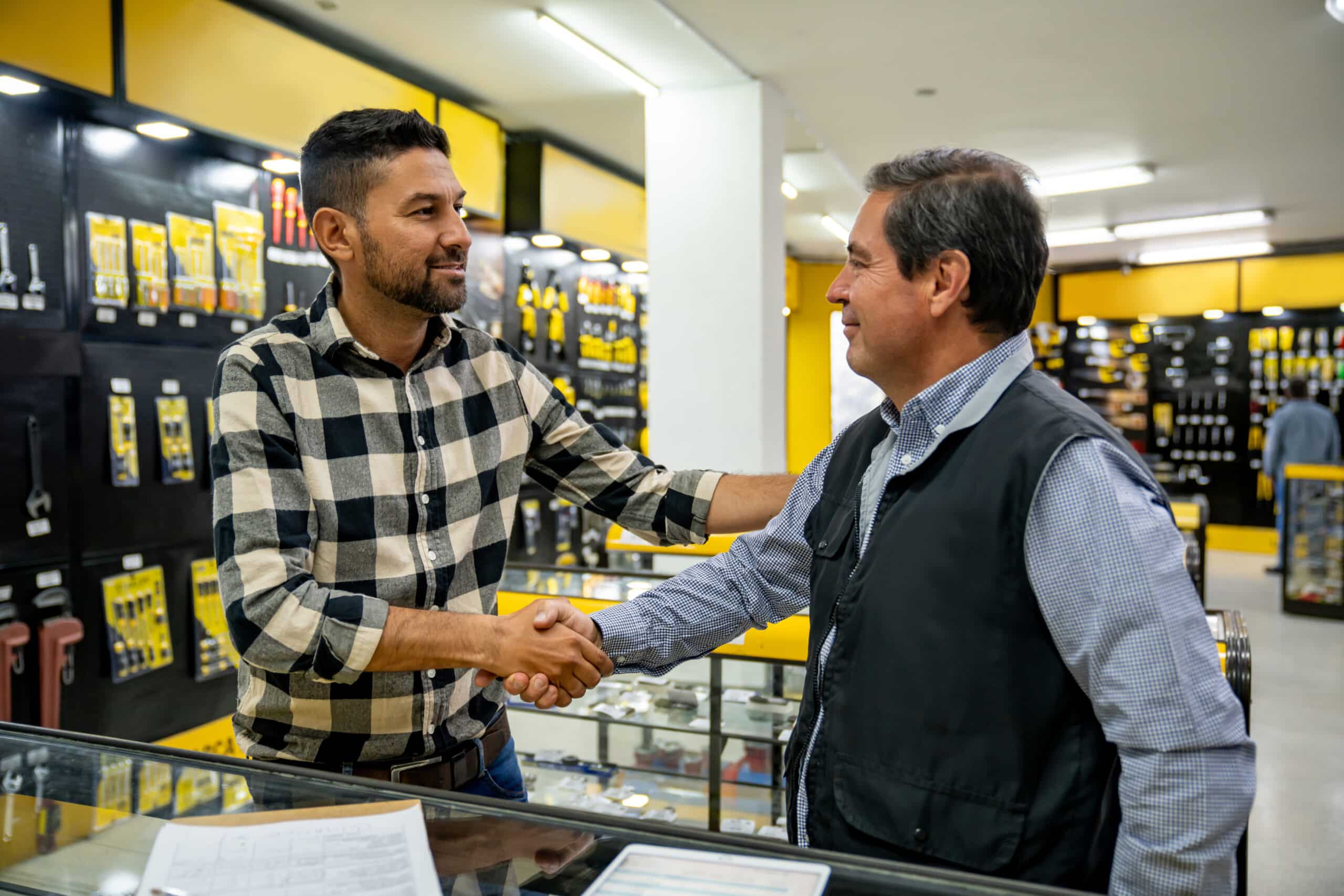View this Publication
Featured highlights are below. Click the button above to read the full case study.
Vision: digital equity for equitable rural prosperity
There is no denying the central role of the internet in 21st-century life. Just as electricity and telephone service became essential a century ago, fast, reliable broadband is now necessary for full participation in commerce, education, healthcare, the workforce, and civic and social life.
The social distancing requirements of the COVID-19 pandemic highlighted the cost of inadequate rural internet access and the deep geographic inequity that affects communities and Native nations that do not yet have reliable, affordable connectivity. The resulting push for digital inclusion is making headway, with historic levels of federal and philanthropic funding for broadband deployment in previously unserved and underserved areas. While the current public-private infrastructure effort has had significant success in strengthening digital equity, serving remote and low-income areas in rural regions will require different strategies.
To understand where we are and what it will take to achieve true digital equity for rural communities and Native nations, the Aspen Institute Community Strategies Group (Aspen CSG) spoke with some of the practitioners working on the ground to deploy broadband and make sure communities can use it to advance equitable rural prosperity. These conversations identified lessons learned, gaps in current approaches, and potential models that could move the country toward full broadband coverage at a sustainable cost.
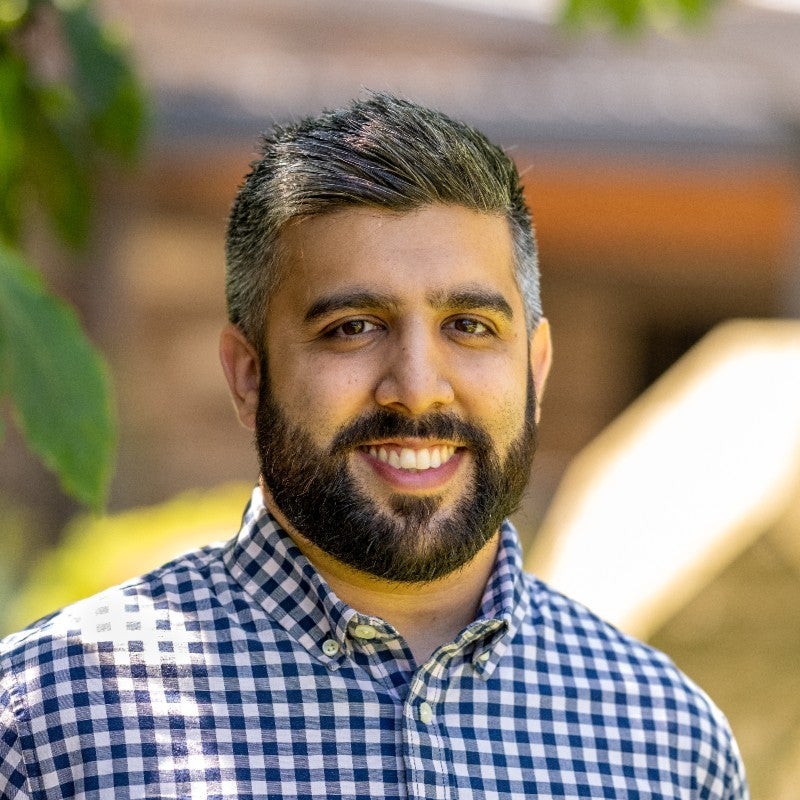
“COVID created a rush to solve persistent digital equity issues. The positive is that it meant a new appetite for funding and risk. The challenge is that there has been a focus on temporary solutions. As we move past this phase, temporary solutions will be obsolete, and without long-term solutions, there’s a danger of returning to the pre-COVID status quo.”
Zaki Barzinji, Aspen Digital
What it will take to advance rural digital equity: acknowledgment, alignment, sustainability, learning
Acknowledgment: The first step toward digital equity for rural regions and Native nations is a clear acknowledgment across governments and organizations that broadband is an essential utility that all communities and people need to be able to access. Acknowledging this reality means policymakers at multiple levels of government need to grapple with how to best provide, regulate, and sustain this public good for all community members.

“We need routine investments in technology and people to provide technical assistance. Broadband should be treated like a basic utility—like water or electricity, it needs ongoing attention and support.”
Alex Kelley, Rural Innovation Strategies, Inc.
Alignment: Misalignment among people, agencies, and organizations can create barriers to broadband deployment and use at all levels. For example, it makes sense for states and Native nations to align digital equity plans, but the recent timing of funding availability under the Digital Equity Act meant that states’ plans were finalized before Native nations were able to access funding for planning, leading to missed opportunities for alignment and cooperation.

“The segmenting can be frustrating (like providing hotspots just for healthcare). People have whole lives, and we need to be responsive to that.”
Abi Waldrupe, National Digital Inclusion Alliance (NDIA)
Sustainability: The current market-based approach to broadband has not worked for the most remote rural communities and Native nations because they simply do not have enough density of customers to allow private ISPs to make a profit. Acknowledging that broadband is an essential utility, as described above, should allow governments and communities to shift their thinking to find ways to provide affordable, sustainable connectivity to people and businesses.
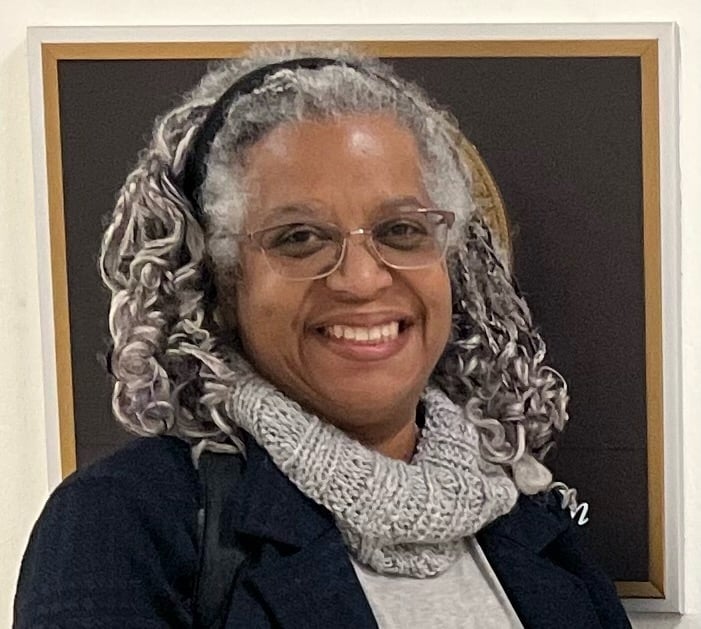
“You can’t just beg one provider to serve a rural community—that hasn’t worked. We have to create an environment of “coopetition” (cooperative competition) with multiple providers and types of service.”
Connie Stewart, Cal Poly Humboldt
Learning: The many new broadband and digital inclusion projects currently underway provide fertile ground for learning about what works to bring effective connectivity to rural communities and Native nations—and leverage that connectivity to drive equitable rural prosperity. But without intentional efforts to learn from this experience—and the efforts centered on COVID-19 pandemic response—governments and practitioners may end up repeating mistakes or continuing efforts that need to shift.
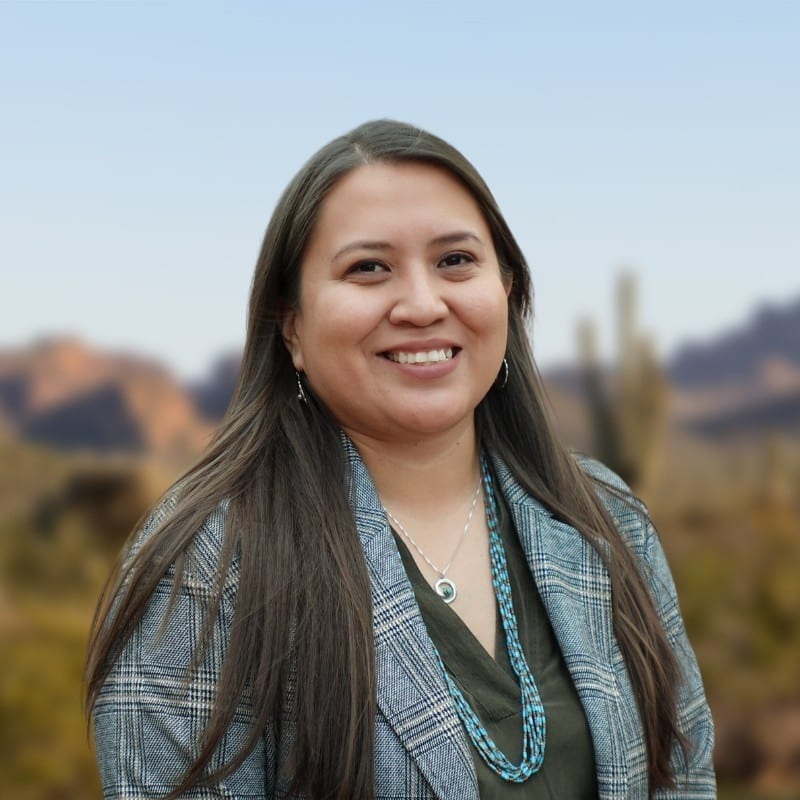
“Tribal Colleges and Universities, workforce development programs, libraries—these are good places to start digital inclusion programs that cater to the community with a holistic approach. We need communities of practice in those places to test out how digital equity and digital inclusion will play out and to inform a model of practice and lessons learned.”
Davida Delmar, AMERIND Critical Infrastructure
What comes next?
While historic investments in broadband infrastructure funded by the Infrastructure Investment and Jobs Act will expand rural internet access in rural regions and Native nations, it is clear that these investments will not be enough to fully connect the most remote and low-income communities. And while digital navigation and device access programs piloted during the COVID-19 pandemic have increased digital inclusion in rural regions and Native nations, these programs are not fully funded, and some (such as the Affordable Connectivity Program (ACP)) have already ended. Achieving geographic digital equity will require policymakers, leaders, and community members at all levels to come together to learn from past efforts and align around sustainable solutions.
Related Resources

Rural Broadband Infrastructure Resources
Resources related to rural internet access, including funding, advocacy, and community program opportunities for community leaders.

Native Community Data Profiles
Federal Reserve Bank of Minneapolis
The Native Community Data Profiles tool connects data from a variety of public sources for a place-based look at a range of topics.
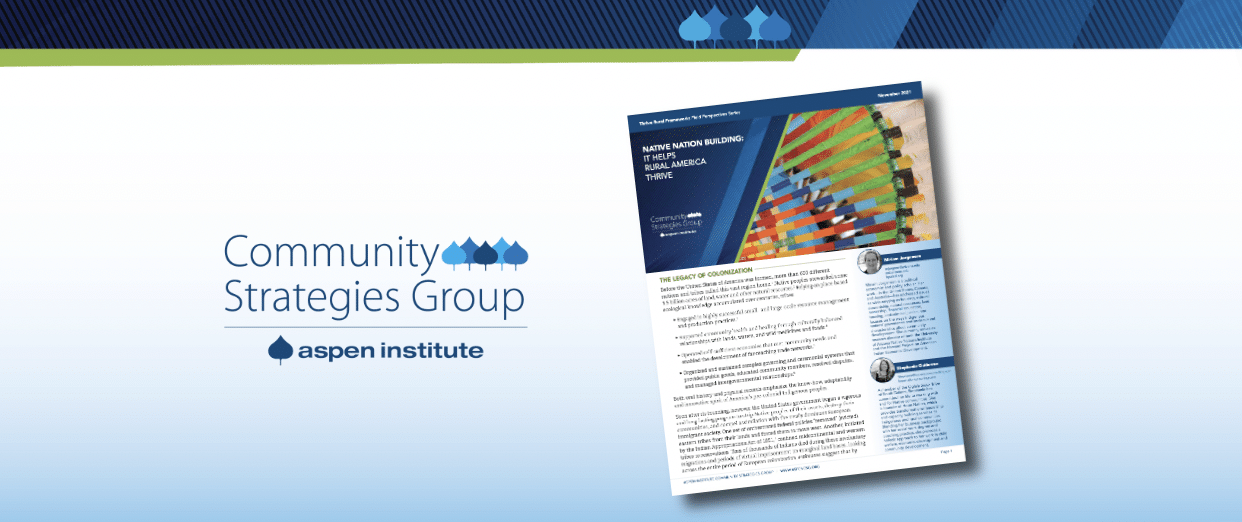
Native Nation Building: It Helps Rural America Thrive
Native nations and rural communities, working side-by-side and together, can strengthen the potential for thriving rural regions.
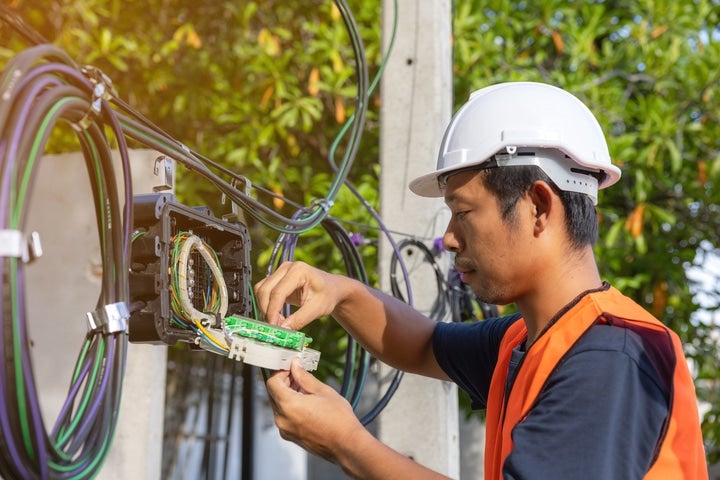
Designing Scalable Co-Funding for Broadband Equity
Resources and learnings for rural communities to participate in the new federal funding available for high-speed broadband internet.

Maximizing New Federal Investments in Broadband for Rural America
Brookings Institution
Congress has appropriated billions of dollars to close the digital divide, but rural areas most likely to encounter challenges to access and adoption. How can smart policy help end the digital divide once and for all?

Pathways to digital skills development for Latino workers
Aspen Institute Latinos & Society and Upskill America
The report identifies promising business practices and ecosystem approaches to developing the digital skills of the Latino workforce.

Tribal Broadband Bootcamp
Waskawiwin
The Tribal Broadband Bootcamp is a 3-day intensive learning experience focused on building and running Tribal Internet networks.

The Kids Are Online
Aspen Digital
A repository of stories about diverse communities across America that are uniting to close the digital divide for young people. Curated by Aspen Digital.

POTs and PANs
CCG Consulting
Blog written by Doug Dawson, President of CCG Consulting, on almost every aspect of telecommunications.

The North End Connect Project
The Indigenous Connectivity Institute
The Indigenous Connectivity Institute supported North End Connect to develop a network providing no- and low-cost service in Canada’s largest urban Indigenous community.

The End of the Affordable Connectivity Program: Implications for Rural NC
NC Rural Center
NC Rural Center investigates where the Affordable Connectivity Program stands today and how many rural North Carolinians are affected by the end of the program.

Broadband Planning Help Hub
LISC
This resource connects communities with high-quality, targeted data and recommendations to produce investment-ready broadband plans.
Aspen CSG’s consultant Rebecca Huenink led the writing process for our What’s Working in Rural series. We are grateful for her contributions.




